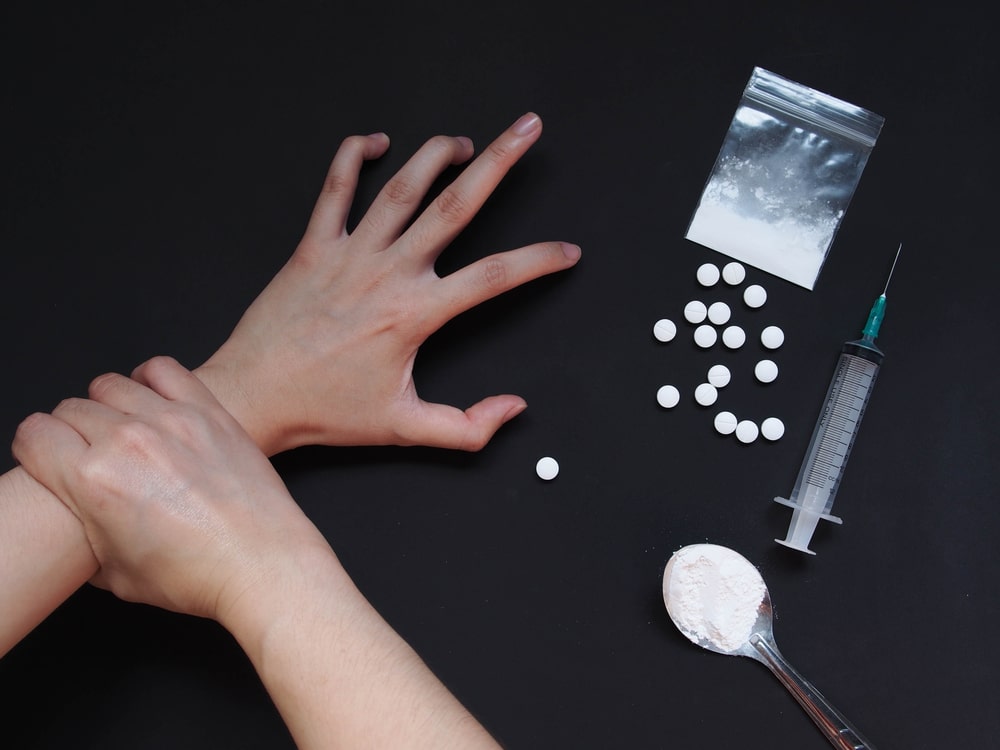Inpatient care involves a safe and residential care model that enables for the rehab of substance abuse and dependency without the outside influence of triggers that have held the addict Discover more hostage prior to treatment. In 2012, 17 percent of admissions to treatment facilities nationwide were for compound abuse rehabilitation on an inpatient basis, according to SAMHSA.
While numerous programs range from 28 to 90 days, there isn't a set treatment period that works for everyone. Some people may progress quickly in treatment, while others may require more long-term inpatient rehabilitation. It's important that the individual's development is assessed throughout treatment, guaranteeing that the client does not "graduate" from the program too early.
Following inpatient care, numerous will continue with outpatient care as a way of seguing back into their lives and society. Involvement in support groups, such as the 12-step model offered by Twelve step programs (AA) and Narcotics Anonymous (NA), can benefit the recuperating addict as they transition back into society. When it comes to alcohol and drug addiction treatment, a customized method to healing is vital.
As you advance through detox and therapy, your care plan ought to be become attend to the issues you are currently experiencing, and to supply you with the very best foundation for long-term sobriety.
If you or an enjoyed one have reached the uncomfortable conclusion that dependency is a problem and you're ready to seek assistance, it is likely that you have actually begun to research recovery options. While lots of people discover success by getting in recovery programs (e. g. 12-step programs or other restorative communities), those who find that their addicting habits is having a considerable unfavorable effect on their lives may decide that registering in a more extensive healing program provides the most promising results.
As you collect info, it is necessary to comprehend how the medical neighborhood separates between the various techniques. The American Society of Dependency Medicine (ASAM) provides particular criteria to distinguish the varying levels of care readily available in an effort to assist figure out the suitable strength of treatment based upon both the compound being abused and the acuity of the dependency.
Indicators on Why Was Selena Gomez In Rehab You Need To Know
When considering property versus outpatient treatment programs, an excellent place to begin is to examine the intensity of the addiction. Develop to what level the addict's habits has actually affected their own lives and the lives of others along with the results on both individual and professional relationships, whether it has actually hampered a capability to meet everyday duties and the monetary https://writeablog.net/innink5n4l/overtime-you-will-establish-a-much-better-understanding-of-these-expenses-and impact the dependency has actually had actually on all worried.
Also, the financial effect of addiction ought to not be undervalued, specifically when these habits have harmful impacts on the addict themselves, their families and their neighborhoods. According to research, it is estimated that the general expense of compound conditions on the United States economy is as much as $414 billion a year.
If the circumstances above are relatable, it's possible that inpatient or domestic treatment is an appropriate option. how much does drug rehab cost. You should figure out the expediency of leaving your everyday duties, including family and work, for a sustained length of time. Residential programs last a minimum of one month, however are most reliable when customers stay for 90, with research supporting this recommendation.
This level of assistance can make or Addiction Treatment Facility break continued success. In general, whether you or your liked one enrolls in an IOP or residential program, the success of treatment relies on a long-term dedication, often followed by taking part in continuous outpatient treatment or discovering a sober living environment prior to going back to your old every day life.
Opiate addicts often select a standard medication management program, such as a methadone center. These centers might have appeal since they usually do not need concurrent healing assistance or compulsory participation of meetings or involvement in a restorative community. Nevertheless, specialists have actually concluded that people registered in these detox-only methadone centers generally have restricted access to expert take care of their mental health, frequently with less than a half-an-hour each week of contact with medical experts.
In truth, studies reveal that treatment results are enhanced when midway houses or sober living facilities are incorporated into treatment. Sober living homes and midway houses are "alcohol and drug totally free living environments that offer peer assistance for recovery outside the context of treatment." However, they normally have a list of requirements clients must meet in order to maintain great standing, qualifying them for registration: House must remain alcohol and drug totally free, with citizens committed to staying away from any and all compound use.
Fascination About How To Stop Drug Addiction Without Rehab
For houses that have a 12-step component, homeowners need to be actively working their program with a sponsor. Numerous homes require customers to be simultaneously enrolled in a basic-level outpatient program or IOP, working with psychological health professionals weekly. Adherence to rules and regulations including continuous sobriety, paying rent and charges on time, attending house conferences with house-mates and participating in appointed chores that usually turn.
Customers should develop a sober, helpful social network beyond the living environment, showing that they will be capable of sustaining abstaining upon vacating. A commitment to public service or volunteer work is typically needed, or at minimum, rewarding employment. There are some constraints that clients can anticipate when thinking about a stay in a sober house.
As a number of these houses are at least partly financed with governmental funding, there is a risk of budget plan cuts and a minimal number of offered beds, implying a wait list is included prior to admittance. Additionally, the majority of homes require tenants to share a room with one or more other fellows in healing.

For those searching for more extensive treatment than detox or basic outpatient care (which meets just as soon as or two times weekly), but are not thinking about a live-in domestic program or sober living home, IOP might be an excellent fit. Settings vary, with clients fulfilling for treatment sessions in medical facilities, community behavioral health centers or Day Treatment facilities.

A major benefit to picking an IOP is that customers stay engaged in treatment throughout the week, however are still able to live in your home and satisfy family and work obligations. A typical IOP needs enrollees to participate in treatment a minimum of 9 hours per weekmeeting 3 times for three-hour sessions (thought clients are encouraged to attend more as wanted).
IOPs are perfect for those who do not need detox or 24-hour guidance, but would benefit from operating in structured individual, group and/or household therapy. In addition, psychoeducation courses about compound use and regression prevention techniques are integrated into treatment. Regardless of which level of care you pick to dedicate to, what many addicts desire to know is "the length of time is it going to take?" This question is intricate, since it requires resolving both the length of time it requires to stop active use of the compound as well as how long it requires to develop a sober way of life that incorporates a healthy daily routine and readiness to return to independent living with a commitment to life-long recovery.